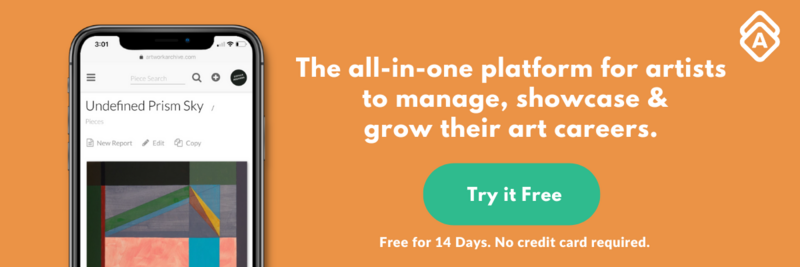 Artwork by Christopher E. Harrison. Image credit: Distill Creative
Artwork by Christopher E. Harrison. Image credit: Distill Creative
 |
Stephanie Eche is a public art consultant and artist based in Brooklyn, NYC. She is the founder and CEO of Distill Creative, where she curates and produces equitable and inclusive public art projects and creative activations. She is the creator and host of the First Coat podcast, where she interviews artists and creators about art in public space. You can find her on Instagram @distillcreative and @stephanie_eche. |
Make Public Art budgets more transparent.
One of the first steps in producing an art project in public space should be putting together a budget. For non-profit and government-funded projects, budgets are often dictated early on, but sometimes in the private sector budgets are more flexible and they often change with the project.
However a public art project is funded, funders should share their budgets and what they expect them to cover.
It's common to see a proposed or expected budget in a request for qualifications or proposals, but very rare to see them after the project is completed. Sometimes an artist may even be asked to propose their own budget for a project.
The lack of budget transparency makes developing a budget or proposing an artist fee very hard for arts professionals working in public space.
It is especially hard for emerging artists, curators, and art consultants to propose new and innovative projects if there is not much public information around past project budgets.
You either must know or you must ask someone who's already done a similar project. This requires research and access, which is easier for arts professionals who are already well connected and harder for newcomers or less connected arts professionals.
In order to create more diversity in who makes decisions about art in public space and who gets art commissions, project budgets should be shared with documentation of the project.
This would help artists and arts professionals who do not have this insider knowledge have more information about budgets so they can be more competitive and confident in their work. One easy way to keep track of and share a project budget is by using an online database like Artwork Archive to track public art projects.
What is included in a public art budget?
Sharing an overall budget number is helpful, but sharing what the budget covers is the most helpful. Budgets for public art can range greatly. A budget of $10,00, $50,000, or $1 million means little unless you know what it covers.
- Does the budget include the artist fee, transportation, fabrication, installation, meals and lodging, insurance, permits, maintenance and/or consulting fees?
- Does it include a design or proposal fee?
When sharing a budget, funders should include what they expect it to cover and follow up after the project to share what it actually covered.
How can an artist confidently propose an artist fee for a project?
Many artists create their own public art budget when thinking about a new project and include their artist fee within that budget. Artists price their work in different ways, sometimes even varying their method based on the project because public art projects can be many different media and sizes in various environments. For example, an artist can set their artist fee at a percentage of the overall budget, like 20%, or base it on the square footage of the project, perhaps $25-$/square foot, do a combination of both and/or include some standard fees, like overhead, that remain constant regardless of the project.
Many artists charge a fee for a design proposal, from a couple of hundred dollars to a couple of thousand dollars. Sometimes this is expected upfront in order to even propose a project, and sometimes an artist is fine with it coming out of the full project budget, however, this assumes that the artist is getting the commission.
It's important to be clear about what and when an artist will get paid so that they can accurately give a quote.
 Artwork by Scape Martinez. Image credit: Distill Creative
Artwork by Scape Martinez. Image credit: Distill Creative
Advice from artists working in public space on budgeting:
"I recognize that every Public Art Project is different, and the approach needs to be different every time, but that's me. Someone else may have a different approach that works for them. What MUST be included in your pricing are items such as Taxes, Medical, Insurance, Travel Costs, Design Fees, Administration, Supplies, any additional premiums to add, as well as any cost overruns (because everyone wants you to be done, yesterday, and good art can't be rushed)."
"Know your worth! What you do is a highly skilled job and no one can do exactly what you do. Stand your ground and get what you ask for. Find the best ways to discuss a budget where you are assertive and don’t get intimidated. Art is a luxury, but also a gift to give so always consider those aspects on each individual job proposal."
@sub_urban_warrior
"It depends on the amount allowed in the RFP. Artists need to research their materials, installation and contractor fees along with how much they estimate they will work on the project."
"For me, the biggest hurdle has been learning to advocate for my worth and to cut through the noise of clients trying to get artists to do work for free or for the promise of exposure."
– Jaima
@jaima.art
Transparency in public art budgets helps everyone.
When public art professionals and funders share the budgets of past public art projects they are helping everyone in the field have a better understanding of what a project costs and how to create something similar. This knowledge will help more artists and arts professionals pitch and execute successful art projects in public space, which will make the public realm a much more interesting and exciting place for everyone to experience art!








.png?1655914919)
